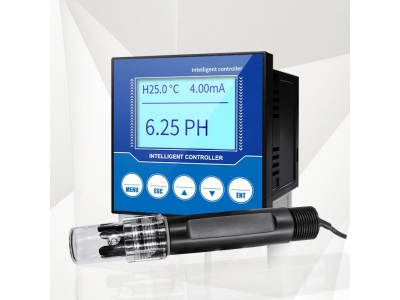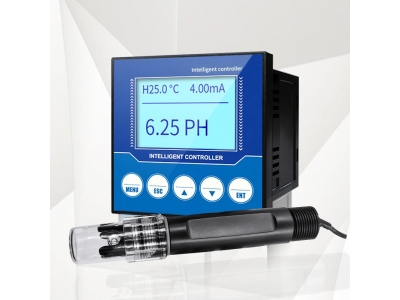Water is a fundamental resource in sustaining life on Earth. It plays a crucial role in nearly every aspect of our lives, from providing necessary hydration to sustaining agricultural operations. However, with the rapid expansion of human populations and their activities, water has become an increasingly scarce and degraded resource. Pollution, degradation, and contamination of water sources pose significant threats to the health of ecosystems, humans and animals that depend on them. Therefore, it is essential to monitor and address water environmental threats to ensure long-term availability and sustainability of this resource.
The process of monitoring water quality involves several aspects, including the identification of different pollutants, the use of various water-testing methods and procedures, and the interpretation of data to identify and address specific environmental threats. Identifying potential threats to water quality involves monitoring for different pollutants originating from various sources such as industrial effluent, non-point source pollution, and agricultural runoff.
Pollution sources differ geographically, subjectively, and temporally depending on various factors such as the type of activity, the nature of the body of water, and the weather and climate patterns. As such, water quality monitoring requires a multi-disciplinary approach that integrates scientific expertise, policy making, and public participation.
The use of various water-testing methods is crucial in ensuring the accuracy and consistency of data that is collected during the monitoring process. There are several methods used to test water quality, including chemical testing, physical observations, and biological assessments. Each of these methods can provide valuable information about different environmental threats and their potential impacts on water resources. Chemical testing analyzes the levels of different pollutants in water, such as nitrates and phosphates, which can increase the growth of algae and promote eutrophication. Physical observations, such as the measurement of water clarity and temperature, can indicate changes in the natural habitat of aquatic life, and biological assessments provide information about the health and diversity of the aquatic ecosystem.
Once data has been collected, the analysis and interpretation of results is crucial for identifying threats and effective environmental management. Water quality monitoring data can be used to identify, evaluate, and rank environmental threats, track compliance with legal standards, and monitor progress in remedial actions. The data gathered can then be used by policy makers to formulate regulations and management strategies that can mitigate potential threats.

In addressing environmental threats to water quality, collaborative efforts between professionals, policymakers, industries and public communities, should be put in place to manage risks and minimize detrimental environmental impacts. One critical aspect for addressing environmental threats is the need for public education, involvement and partnership. Increased public awareness and participation can lead to the identification of previously unknown threats and the development of innovative measures to manage environmental risks. Educational programs and outreach efforts can actively engage communities in the prevention and reduction of dangerous pollutants into water sources.
There are significant benefits of using water quality monitoring to identify and address environmental threats. Besides helping to maintain healthy and sustainable ecosystems, monitoring water quality helps to reduce environmental risks and contributes to health and welfare of communities globally. Effective water quality management also contributes to the growth of sustainable industries such as fishing, tourism and agriculture.
In conclusion, water quality monitoring is a vital process in identifying and addressing environmental threats to water resources. It is a multi-disciplinary process that involves scientific expertise, policy-making, and the involvement of the general public. Water quality monitoring benefits society by contributing to sustainable ecosystems, reduction of environmental risks, and the assurance of healthy communities. Therefore, it is crucial that we continue to monitor and manage our water resources in the present and for future generations.






